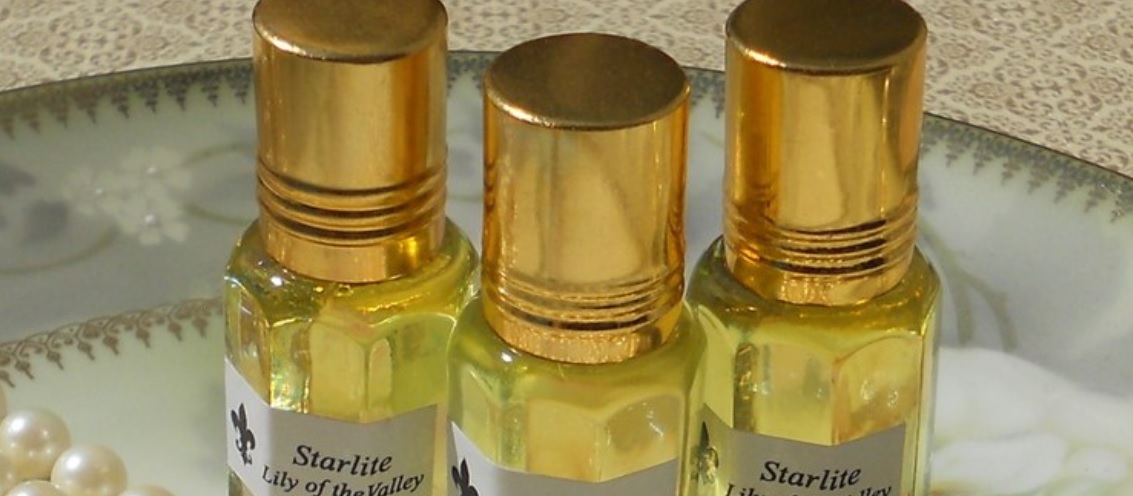Tea Tree Oil and Pre-pubertal breast development, a detailed report
False positives from laboratory plastics confounded an earlier paper by Henley (and current co-author Korach) published in the New England Journal of Medicine in 2007, asserting similar claims against LO and TTO.

- Country:
- United Kingdom
A recent presentation at the ENDO2018 conference in Chicago by Ramsey et al purported a causal link between Lavender Oil (LO) and Tea Tree Oil (TTO) and a condition in young boys called gynecomastia, pre-pubertal breast development.
While the authors have yet to release their full data, their results have been sensationalized in the media this week. Serious questions need to be asked.
- Tests were of components, not whole essential oils. The authors tested oil components. Why did the authors not test the whole oils? Were these tested components synthetically derived or directly extracted from LO and TTO? Only 4 of 8 tested components are common to both LO and TTO, yet they draw broad associations of both oils in their conclusions.
- Lab testing (in vitro) is very different from human testing (in vivo). Most of the tested compounds do not penetrate the dermal/skin barrier and enter the bloodstream – solid data on this exists. How can compounds cause systemic disruptions if they are not systemic when applied topically?
- Terpene compounds are highly prevalent in Orange and other citrus juices. Given the use of these substances in everyday life, especially as ingested foodstuffs, one would surmise the developed world would have a high prevalence of gynecomastia, yet the authors acknowledge it is a “rare condition”.
- Well-documented “false positive” results from phthalates, nonylphenols, and other chemicals in lab plastics. These chemicals are known endocrine disruptors, yet are commonly used in laboratory testing consumables.
False positives from laboratory plastics confounded an earlier paper by Henley (and current co-author Korach) published in the New England Journal of Medicine in 2007, asserting similar claims against LO and TTO.
How was this addressed in the current study? The Australian Tea Tree Industry Association (ATTIA) is disappointed that this sensationalization of data from Ramsey et al. at ENDO2018 has caused undue concern for consumers of TTO around the world.
Since the 2007 NEJM paper by Henley (and co-author Korach), multiple investigators have demonstrated the flaws in linking TTO (as well as LO and other essential oils) to endocrine disruptor activity.
Extrapolation of human (in vivo) risks from laboratory (in vitro) studies may be flawed. Consider the soy constituent isoflavones and their impact on cells in a petri dish. In vitro studies of isoflavone compounds demonstrate phytoestrogenic (hormone disruptor) characteristics. Yet population studies of consumers on a high soy-based diet demonstrate lower rates of breast cancer and better survival rates than consumers on a low soy diet. Too many questions remain with this current study results preview.
The general public, including ATTIA and supporters of TTO worldwide, deserve to hear the full data from these investigators immediately.
ABOUT PURE AUSTRALIAN TEA TREE OIL
Tea Tree Oil is a well-established natural compound, derived from the steam distillation of the oil from the native Australian species, Melaleuca alternifolia. To date, over 830 clinical papers have been published on the functionality of TTO – supporting its broad potential for consumer products (PubMed, 2018).
Over 1,000 metric tons of TTO are used directly and in common consumer products annually. TTO is approved by the European Medicines Agency as a natural herbal medicine for specific medical applications. TTO has undergone extensive recent safety testing – including toxicity and dermal penetration studies – to understand the risks to humans.
All necessary testing on TTO as required by the European Chemicals Agency (ECHA) for its Registration, Evaluation, Authorisation, and Restriction of Chemicals (REACH) initiative has been completed with no ‘red flags’.
TTO is deemed to be a safe and well-tolerated natural ingredient that has excellent potential benefits for consumers and consumer products.
ABOUT ATTIA
The Australian Tea Tree Industry Association (ATTIA) is a not-for-profit organization formed as the peak body to represent the Australian tea tree industry from the grower/producer through to the manufacturer of off-the-shelf products.
ATTIA aims to develop a stable, cohesive, environmentally friendly, and internationally competitive Tea Tree Oil industry producing Tea Tree Oil that meets or exceeds international standards. ATTIA manages a unique Code of Practice (COP) quality management system – the only essential oil in the world with this system in place.
(Disclaimer: The opinions expressed are the personal views of the author. The facts and opinions appearing in the article do not reflect the views of Devdiscourse and Devdiscourse does not claim any responsibility for the same.)










